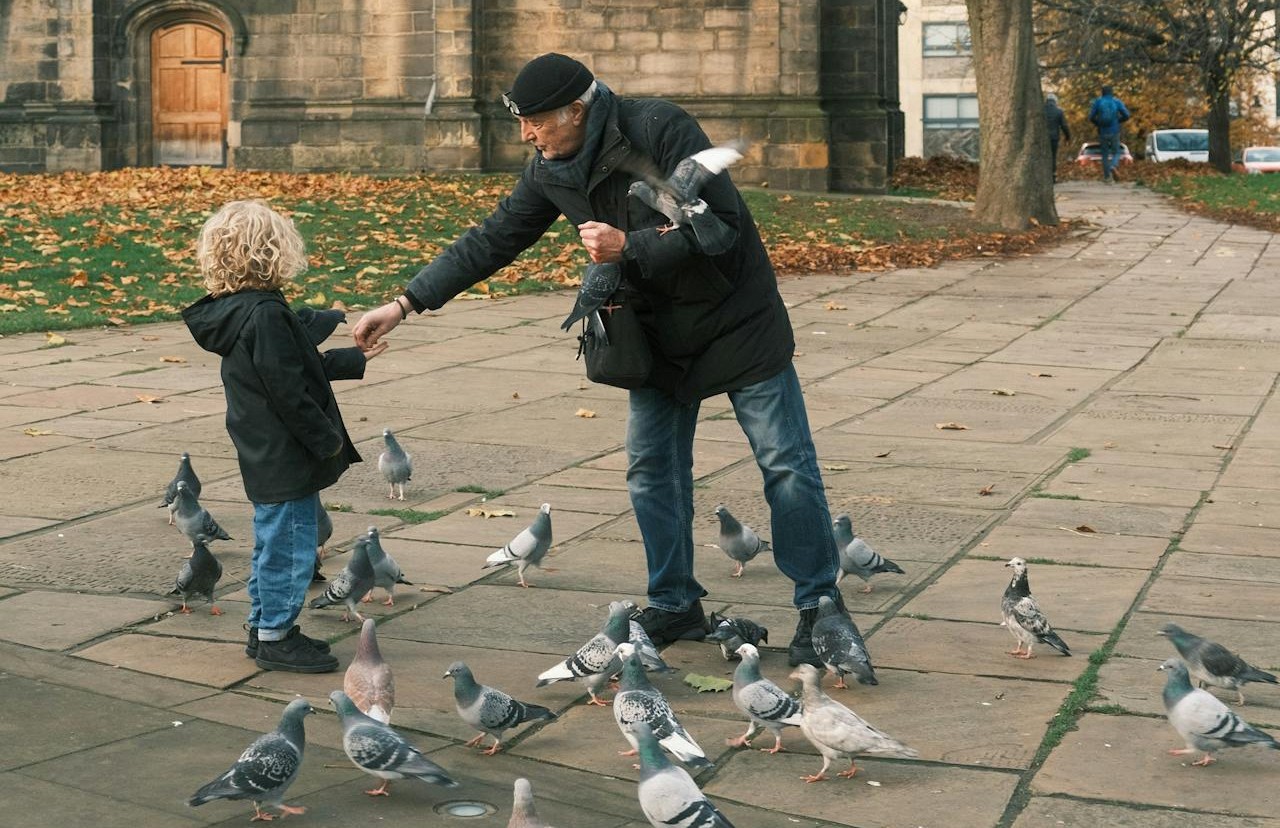Rural life is finding new champions among millennials and Gen Z. Rising rents, remote work, and a hunger for slower rhythms push many to scan maps for small towns and open fields. They want agency over time, room to build, and communities where faces turn familiar fast. The countryside, once framed as a place to leave, is becoming a place to start. What this really means is a grounded idea of success, stitched with neighbors, night skies, and work that fits a life.
Lower Cost of Living and Space to Breathe
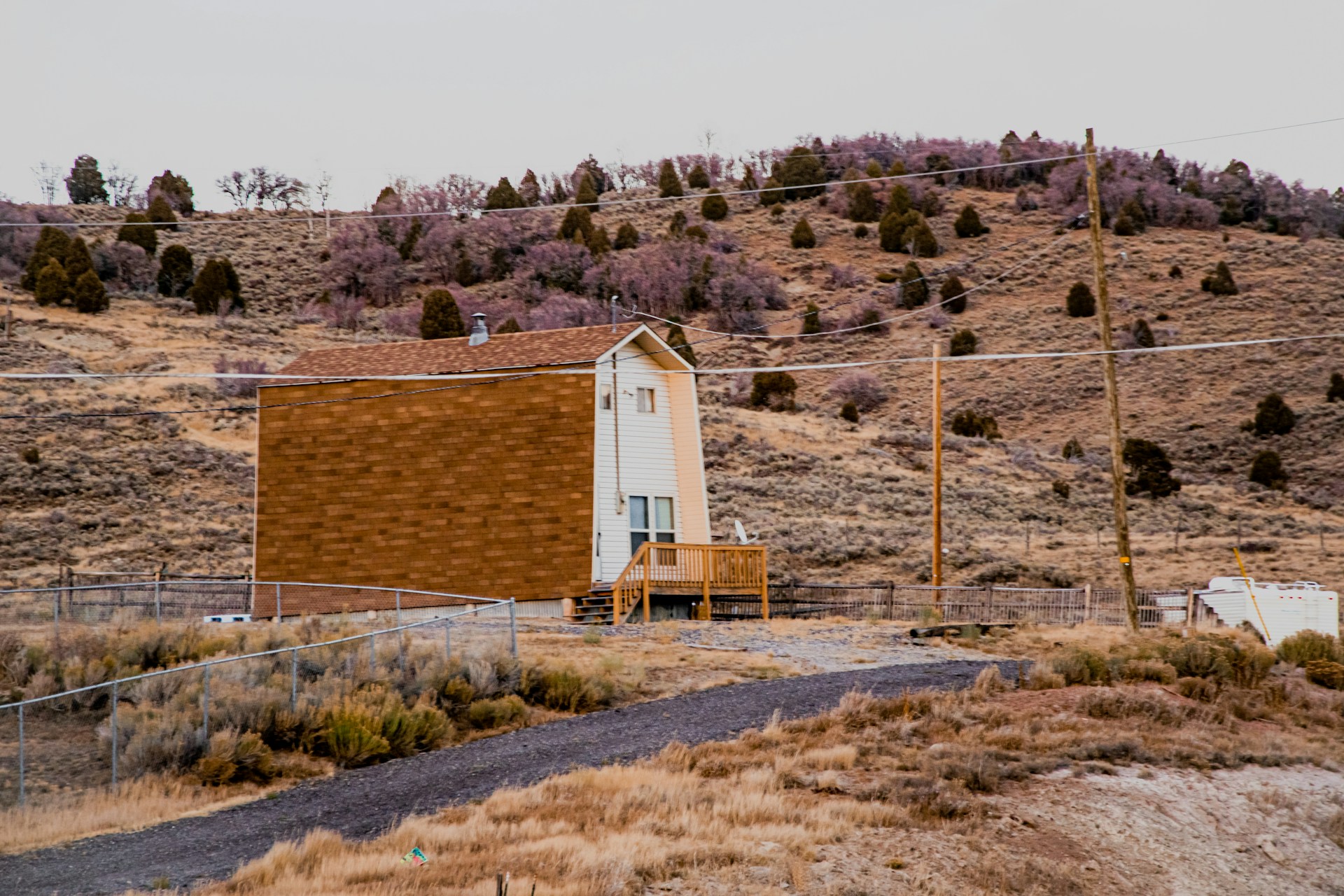
City budgets stretch thin under rent, transit, and takeout. In rural counties, the same income often buys a modest home, a workshop, or land for later plans. Lower housing costs free cash for savings, tools, and local investments. Extra square footage changes daily life. A spare room becomes a studio, gear fits in a shed, and dinner moves to a porch where evenings feel unhurried and goals sit within reach.
Remote Work Finally Makes It Possible
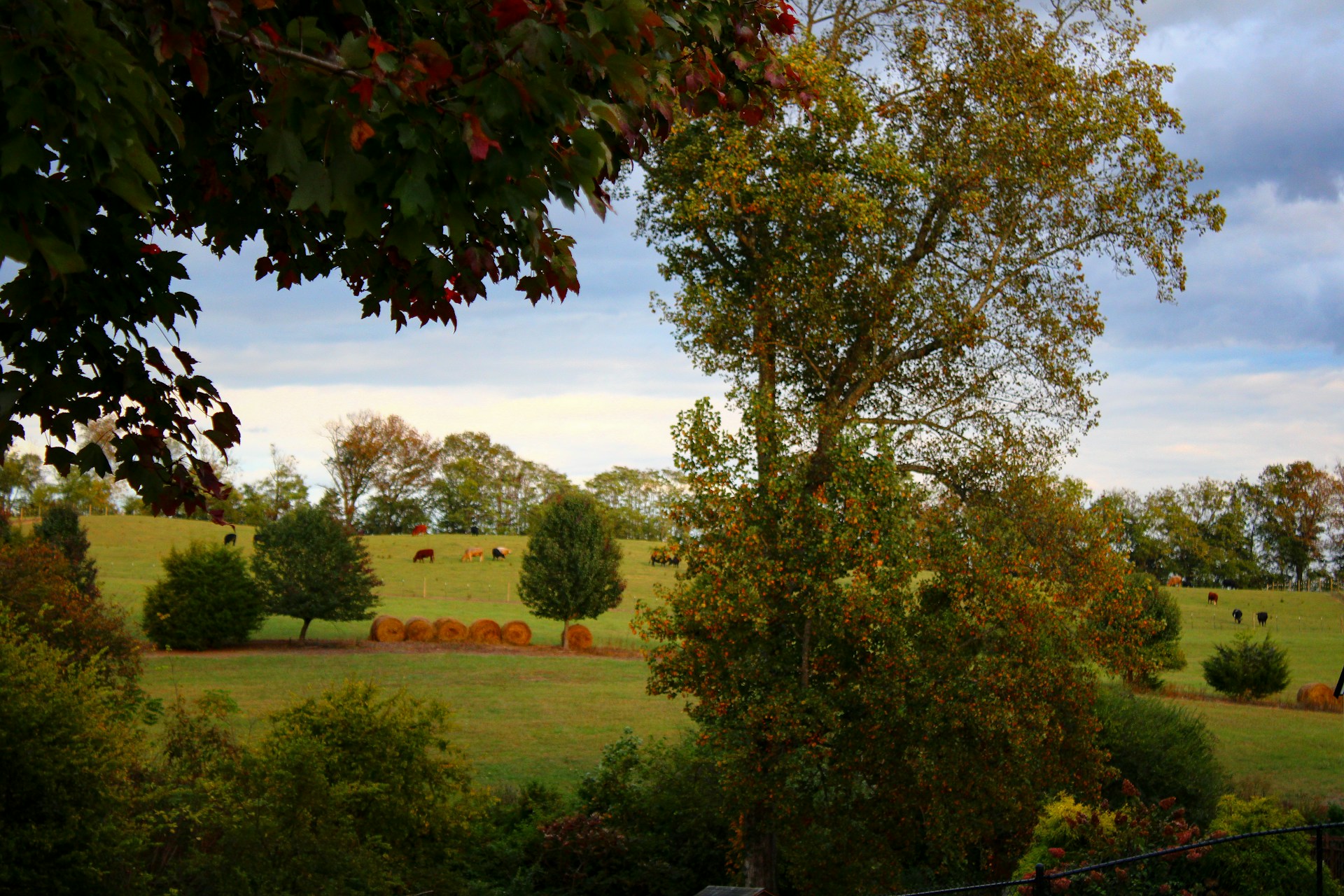
Offices once dictated zip codes. Now many teams measure results, not chair time, and collaboration happens on screens. That shift opens places that felt unrealistic five years ago. Workers trade tight apartments for fiber ready farmhouses near a trailhead. Commutes become a short walk to a desk with a view. The workday stays global, but lunch might be from a farm stand and the break is a loop around a pond.
Healthier Daily Rhythms and Less Noise

Noise maps to city life, from sirens to stairwells. Rural settings give bodies and minds a quieter baseline. Sleep deepens, walks lengthen, and screens share time with chores that feel tangible. Air often smells like rain and cut grass. Produce skews seasonal by default, and weekends drift toward rivers, woods, or fields. It is not a miracle fix, but a steady nudge toward routines that support focus, steadier moods, and real recovery.
Community Ties That Actually Stick
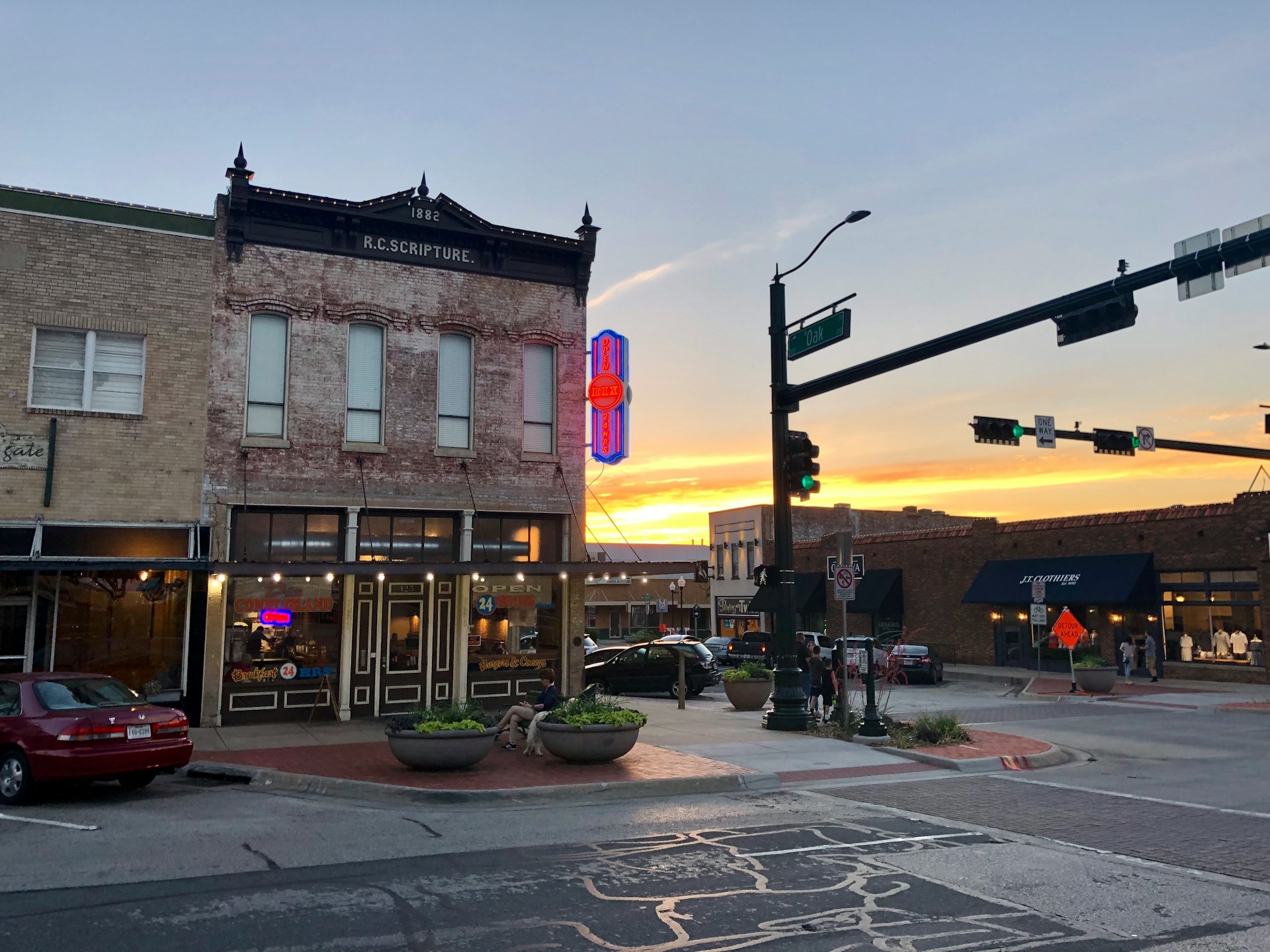
Cities promise endless options, yet friendships can drift across neighborhoods and schedules. Small towns funnel people into the same coffee shop, school fundraiser, or Friday game. Names settle quickly, favors circulate, and showing up matters. Volunteering is visible, and local wins feel shared. Community does not erase conflict, but it simplifies belonging. A mechanic who knows the car, a librarian who pulls a book aside, a neighbor who clears a drive after snow.
Creative Freedom to Build and Tinker

Side projects need space, tools, and time without constant interruption. Rural homes often come with garages, basements, or barns that turn into studios. Musicians record without thin walls, cooks test small batch recipes, and ceramicists fire kilns. Fewer permits and lower costs make experiments feasible. What begins as weekend tinkering can become a microbusiness. The loop from idea to prototype shortens, and making becomes part of life.
Proximity to Nature and Real Seasons
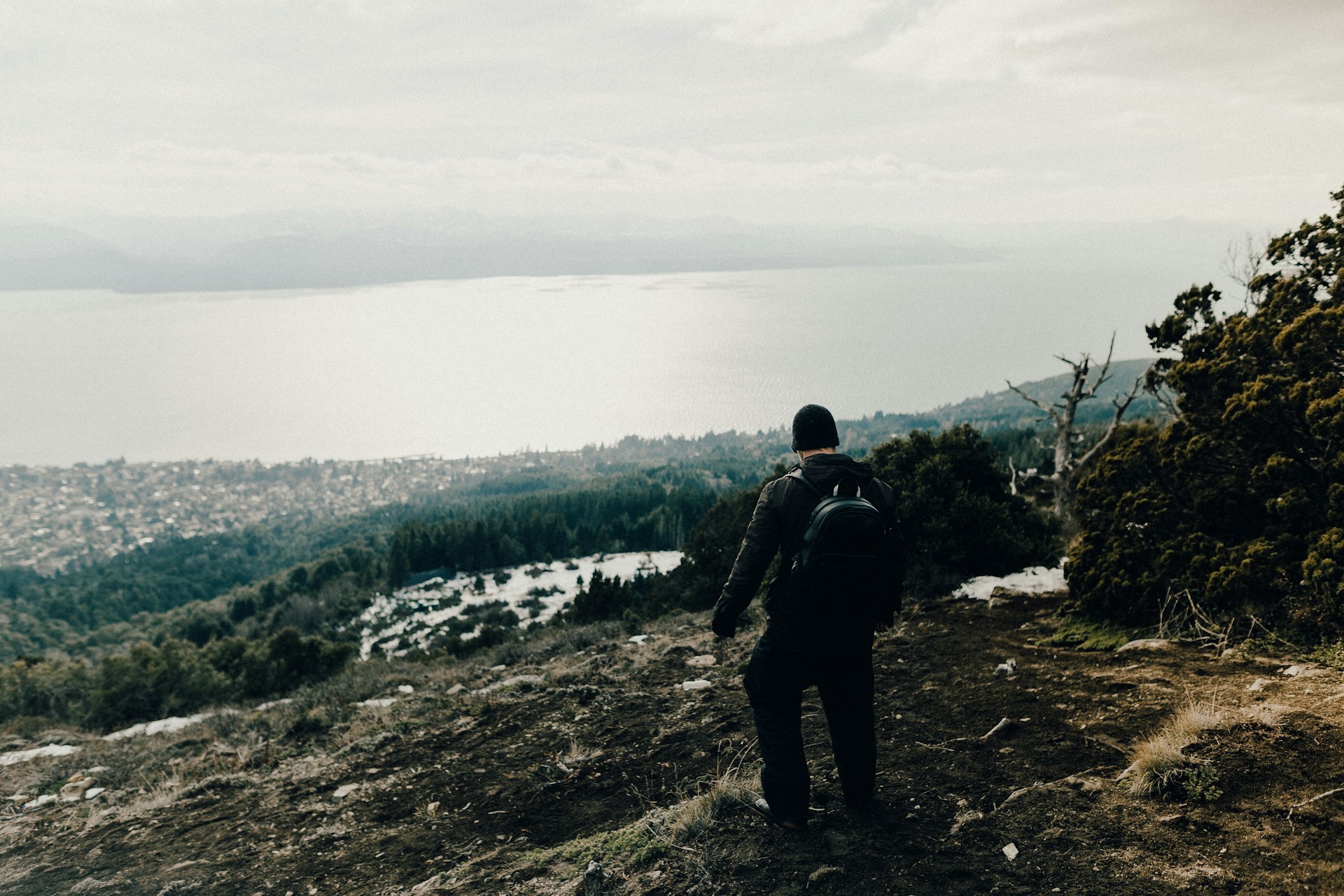
Nature in the city is scheduled. Nature in the country is ambient. Sunsets arrive as an evening show, and weather sets the pace for chores and plans. Trails, creeks, and fields invite repeats, not checklist trips. Seasons feel tactile. Spring mud, summer lightning, autumn smoke, winter hush. That constant backdrop steadies worry and sharpens attention. Work still matters, but it now shares focus with a blackberry patch or the first ice singing on a pond.
Room to Start Families or Multigenerational Homes

When the family grows or parents move in, space matters. Rural homes offer extra bedrooms and yards where play is simple and storage is easy. Childcare swaps happen among neighbors and cousins. Elders can stay close without long stairwells or transit transfers. The table stretches to fit whoever drops by. It is not nostalgia. It is logistics. More room and slower streets turn daily care into shared routines instead of puzzles.
Resilience, Self Reliance, and Local Skills
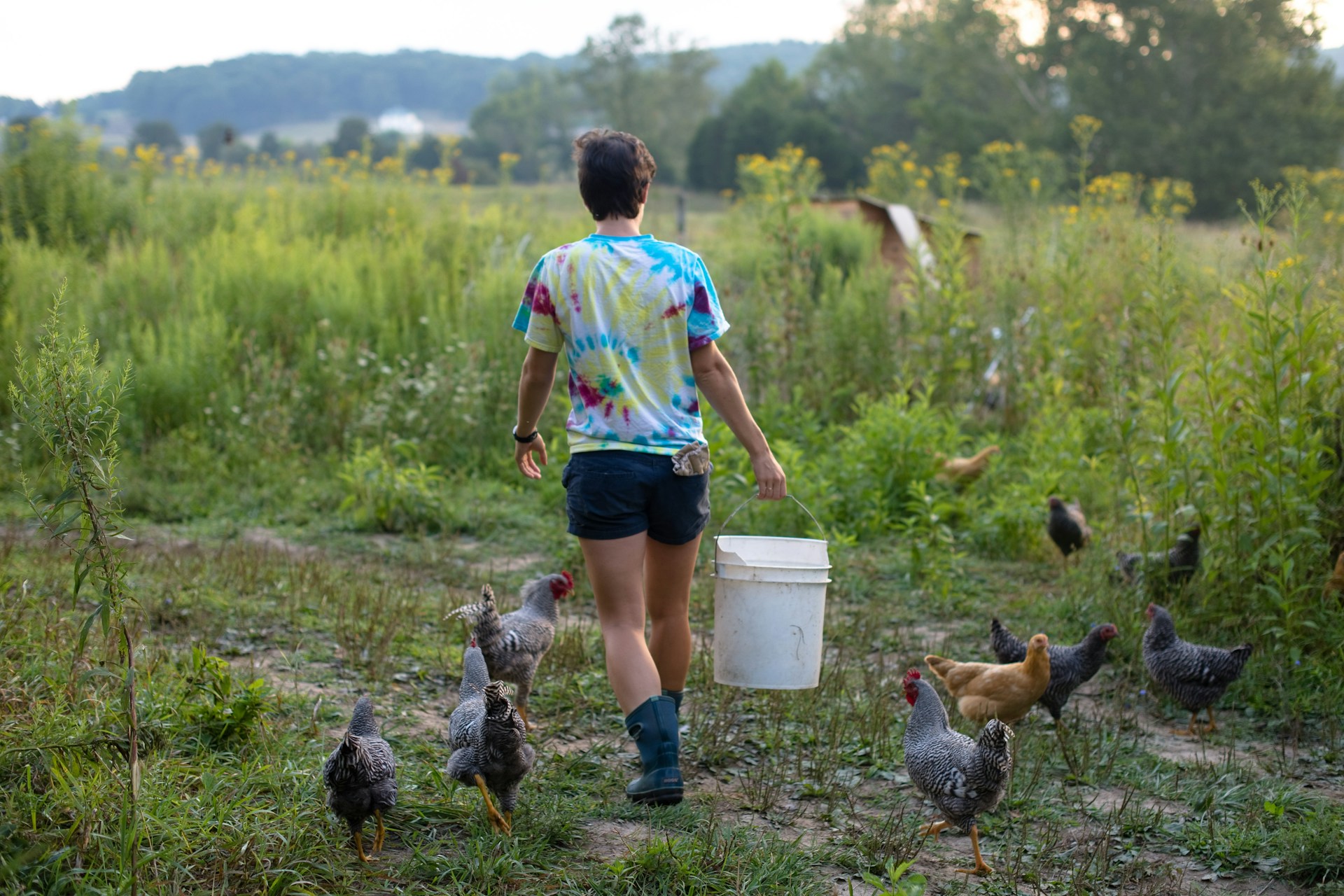
Rural living nudges people to learn useful skills. Gardening trims grocery bills, basic repairs cut service calls, and neighbors trade knowledge openly. Supply hiccups hit softer when pantries, freezers, and community networks are strong. Local shops recognize faces and set something aside when a storm is coming. Self reliance does not mean isolation. It means a tighter web of people who can fix a fence, jump a battery, or lend a generator on a dark night.

